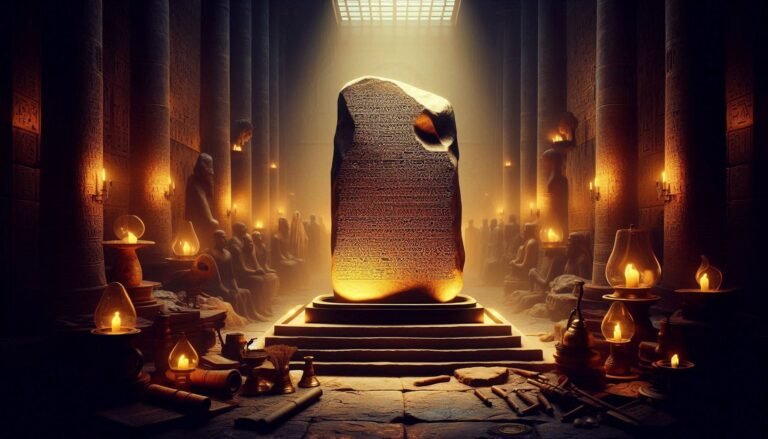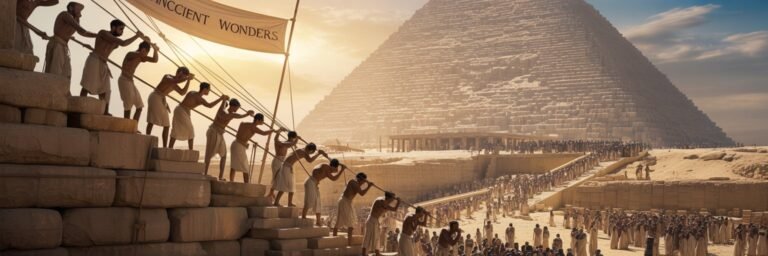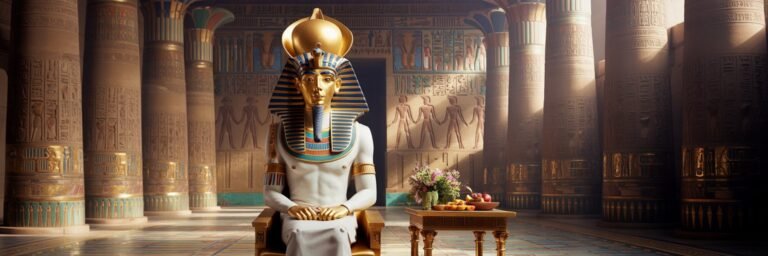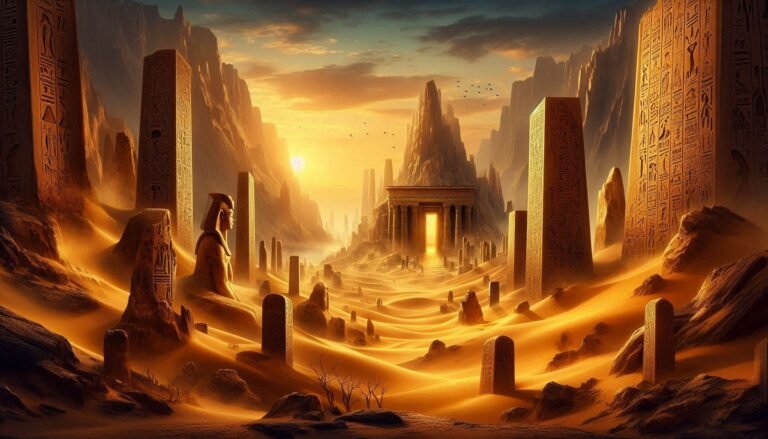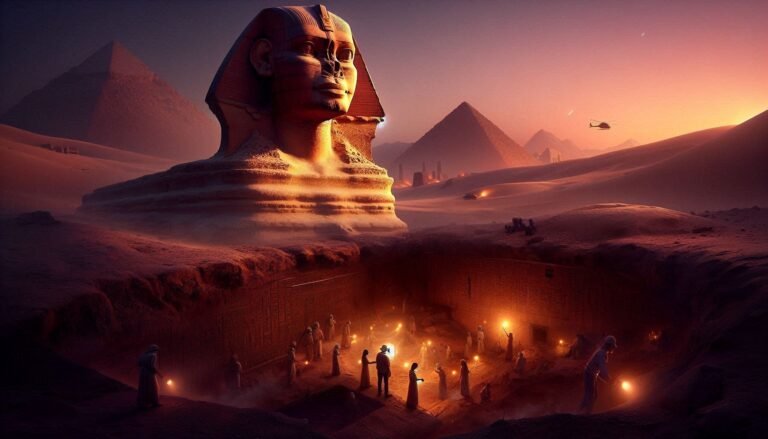INTRODUCTION
The splendid desert sands of Egypt conceal many secrets just as they unveil many spectacular edifices. Ancient Egypt—the land of Pharaohs, Pyramids, and Sphinx—continues to fascinate and perplex historians and archaeologists with its unsolved mysteries and enigmatic tales. With colossal architectural marvels, obscure religious rites, baffling customs, and cryptic hieroglyphs, Ancient Egypt is enthralling yet paradoxical: a treasure trove of knowledge, yet shrouded in ambiguity. This article delves into an exploration of intriguing unsolved mysteries in ancient Egypt, disentangling the threads of history, theories, interpretations, controversies, and recent investigations.
HISTORICAL BACKGROUND
The chronicles of ancient Egypt sprawl for over three millennia, from the prehistoric cultures around 6000 BCE to the end of the native dynasties around 332 BCE. During these flourishing periods, various dynasties ruled Egypt, constructing massive monuments that still stand today as silent witnesses to the past. Architectural wonders like the Great Pyramid of Giza built under Pharaoh Khufu’s reign in the Fourth Dynasty are testaments to advanced design and construction skills, beguiling even modern engineers. The extraordinary beauty and grandeur of these monuments conceal several enigmas challenging rational comprehension and evoking passionate debates among scholars.
THEORIES AND INTERPRETATIONS
Many theories and interpretations have been proposed to demystify the perplexing aspects of ancient Egyptian civilization, but none offer definitive answers. One such enigma is the construction of the highly symmetric and astronomically aligned pyramids, which, despite their architectural sophistication, were built during a period devoid of pulleys, wheels, or iron tools. The mainstream theory suggests a vast labor force was employed to manually haul massive stone blocks using ropes, sledges, and ramps—an astounding feat hard to imagine.
Hieroglyphs, another intriguing facet of ancient Egyptian culture, continue to confound scholars. The Rosetta Stone provided critical insights, yet deciphering these symbolic inscriptions remains a complex endeavor. Scholars wrestle with varied interpretations of religious texts and historical annals embellished with allegorical imagery, further complicating our understanding.
MYSTERIES AND CONTROVERSIES
While the pyramids and hieroglyphs are the most known mysteries, other controversies loom over the period. Take the death of Tutankhamun, the “Boy King,” for instance. He died at a young age under suspicious circumstances; was it natural or was he murdered? The debate persists, encouraged by the unexpected anomalies in his tomb such as the burned mummification ointment, a suggestion of hurried burial, and his head’s strange shape, prompting theories of genetic disorders and political murders.
Also contentious is the enigma surrounding the Great Sphinx. Current dating places it at 4500 years old, but the prominent geologist Dr. Robert Schoch proposed it’s much older, based on erosion patterns suggesting prehistoric weathering.
SYMBOLISM AND CULTURAL SIGNIFICANCE
Religion was the linchpin of ancient Egypt, suffusing all aspects of life, and it’s in the religious sphere where much symbolism and cultural significance lies. The pyramid, often interpreted as a representation of the primordial mound from which creation arose according to Egyptian mythology, symbolizes stability and eternity. Hieroglyphs, laden with religious and philosophical meaning, offer valuable insights into the civilization’s beliefs, values, and cosmology. The Ankh, symbol of life, and the Eye of Horus, representing protection, are ubiquitous symbols in ancient Egypt, underscoring the culture’s deep-rooted spiritual sentiment.
MODERN INVESTIGATIONS
Modern investigations into ancient Egypt employ advanced technology to solve old mysteries. For instance, innovative scanning technology discovered new chambers in King Tut’s tomb, potentially identifying the final resting place of Queen Nefertiti. Ground-penetrating radar and cosmic-ray muon detectors allowed the detection of an intriguing void in the Great Pyramid of Giza, whose purpose remains enigmatic.
Advancements in genetic studies led to revelations about ancient Egyptian society, such as the surprising fact that modern Egyptians have more genetic similarities with Sub-Saharan Africans than with ancient Egyptians. DNA analyses from the mummies elucidated royal lineages, familial relationships, and prevalent diseases, broadening our understanding of their lives.
LEGACY AND CONCLUSION
The mysteries of ancient Egypt resonate in the collective consciousness, influencing Western occult tradition and popular culture. They stimulate scholarly debates, incite archaeological expeditions, and ignite the curiosity of millions. While Egyptologists, archeologists, and historians have worked tirelessly to decipher the riddles of ancient Egypt, innumerable mysteries still linger, drawing us back to those spectacular monuments and cryptic hieroglyphs time and again.
In conclusion, the intrigue of ancient Egypt lies in its unsolvable riddles. As Swiss author Muriel Maufroy remarked, “It is because we are human that we are bound to horizon, bound to the mystery of things beyond and above our everyday experience.” And so, the mysteries of ancient Egypt continue to be potent symbols of our eternal quest for knowledge, beckoning us into the enigmatic labyrinth of the past, tantalizing us with the allure of the unsolved and the unknown.

